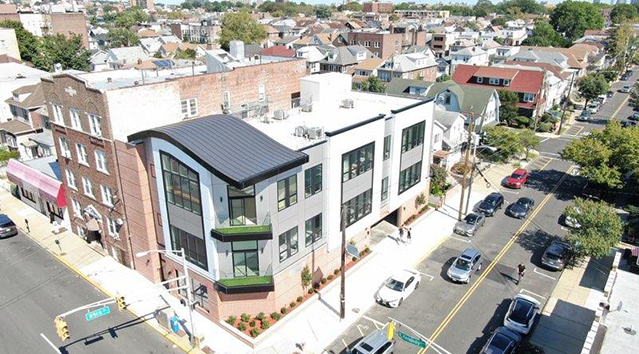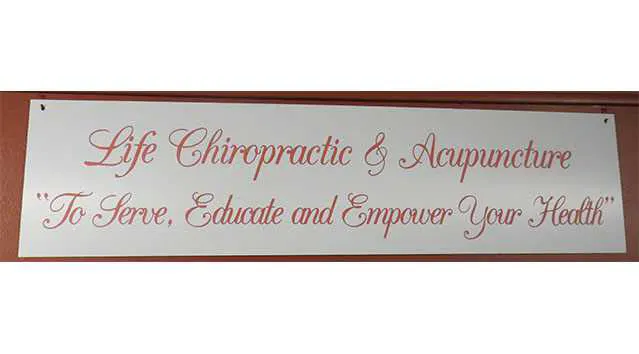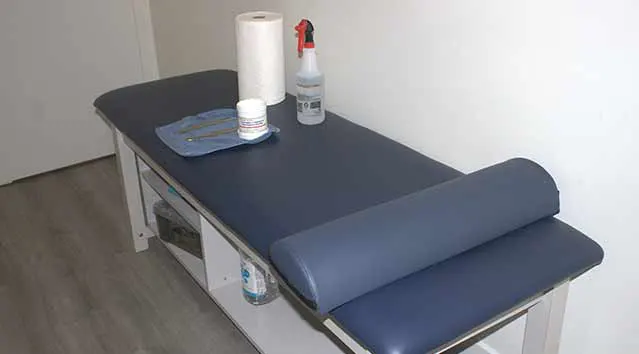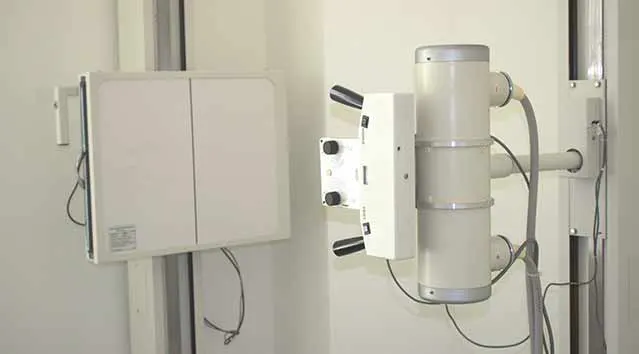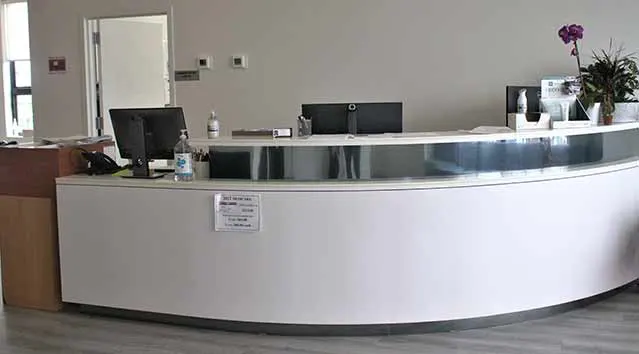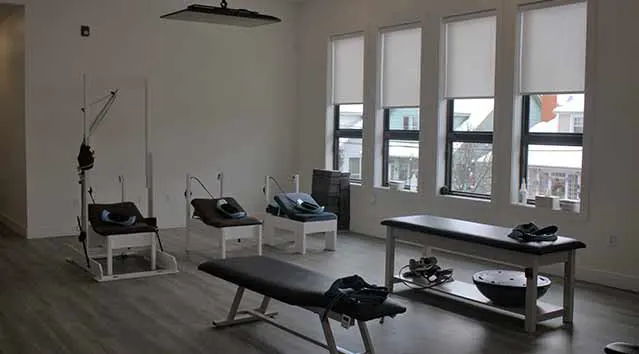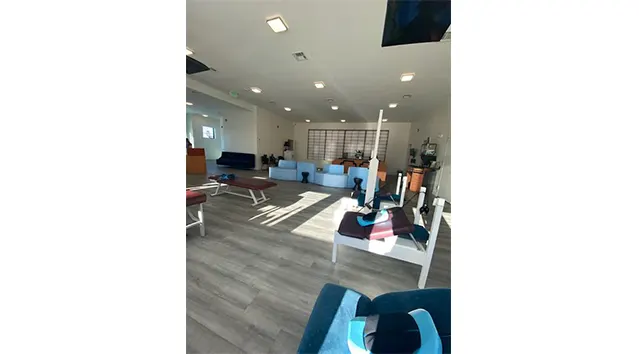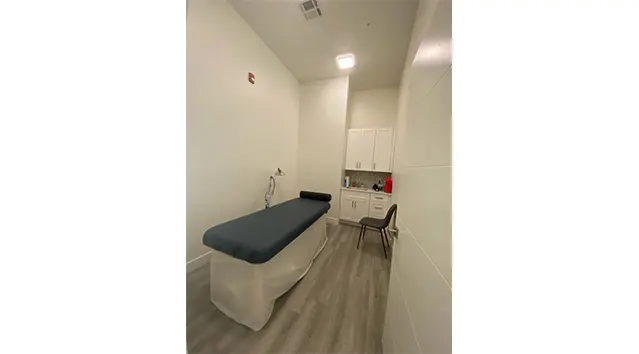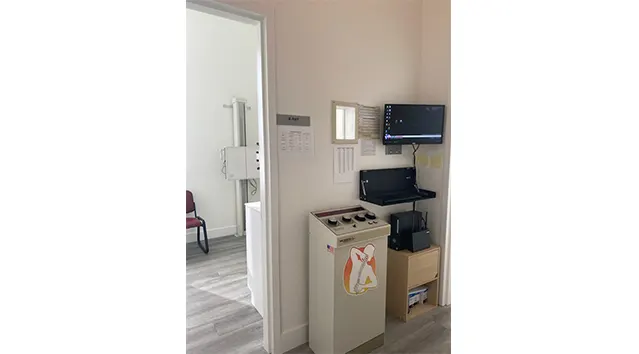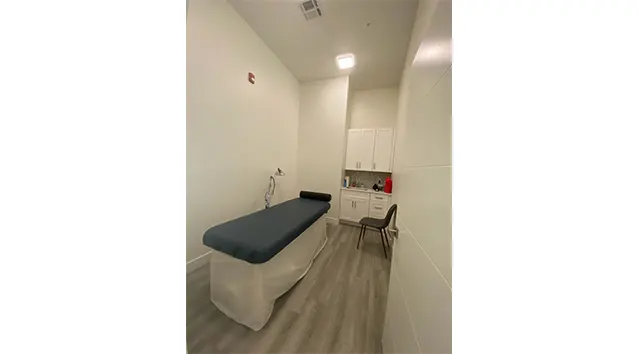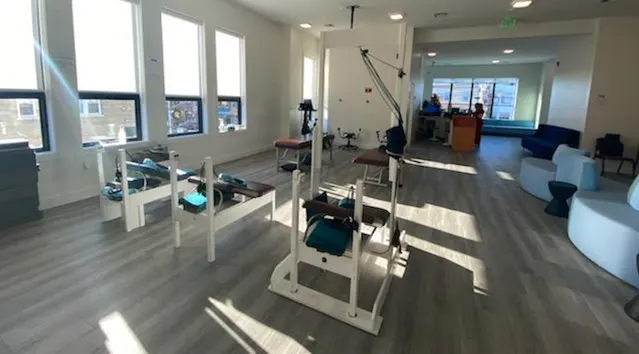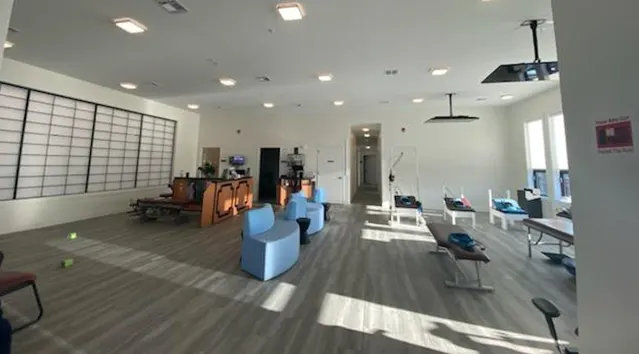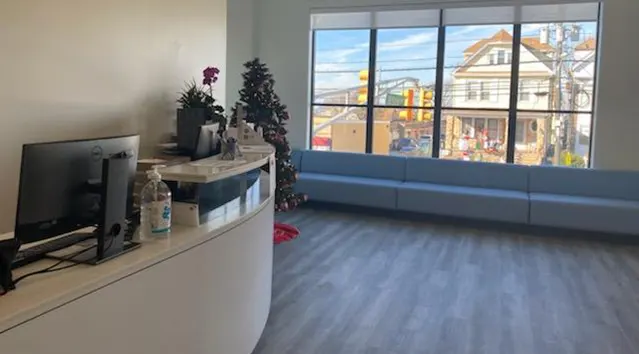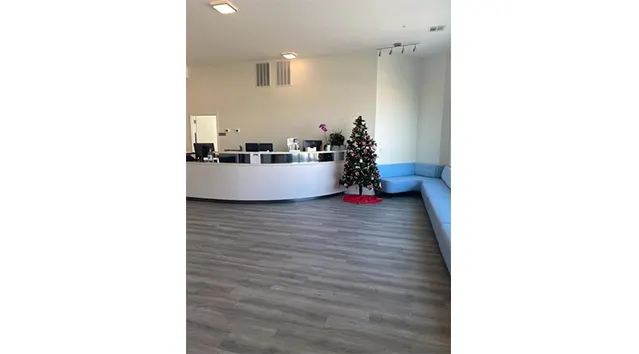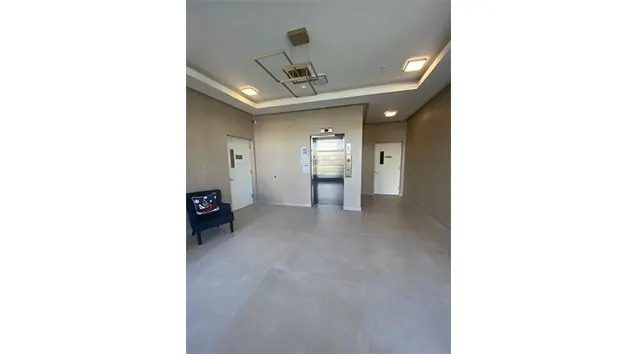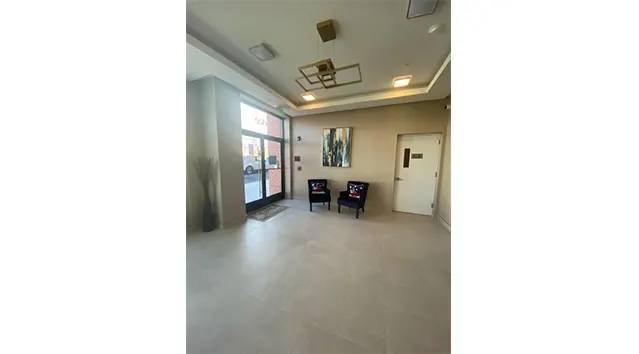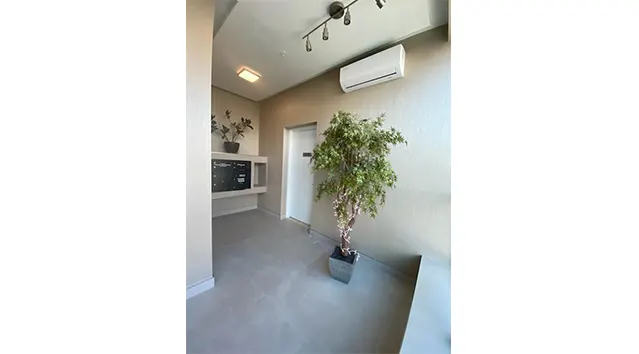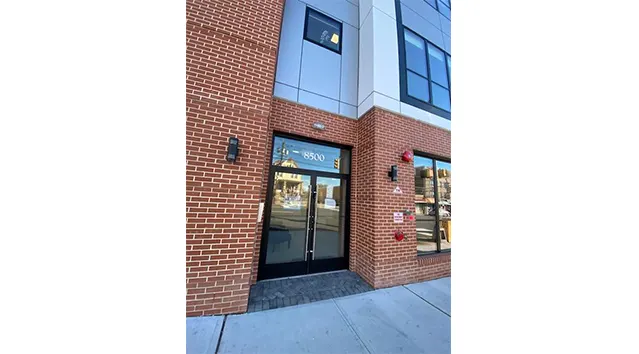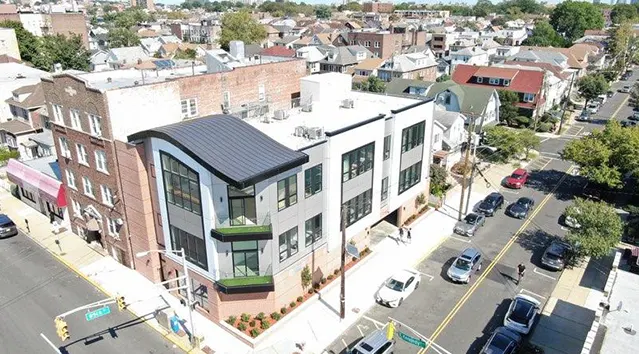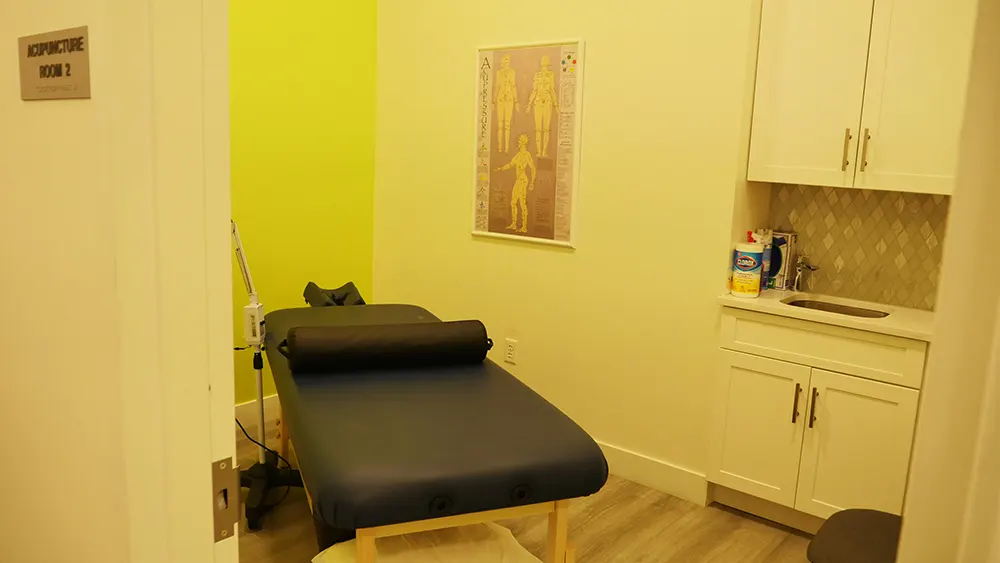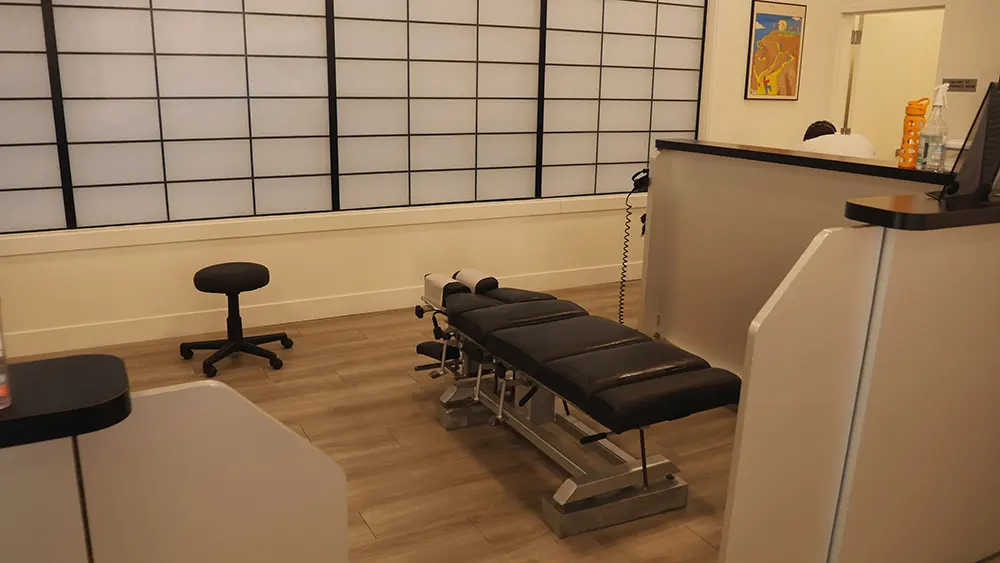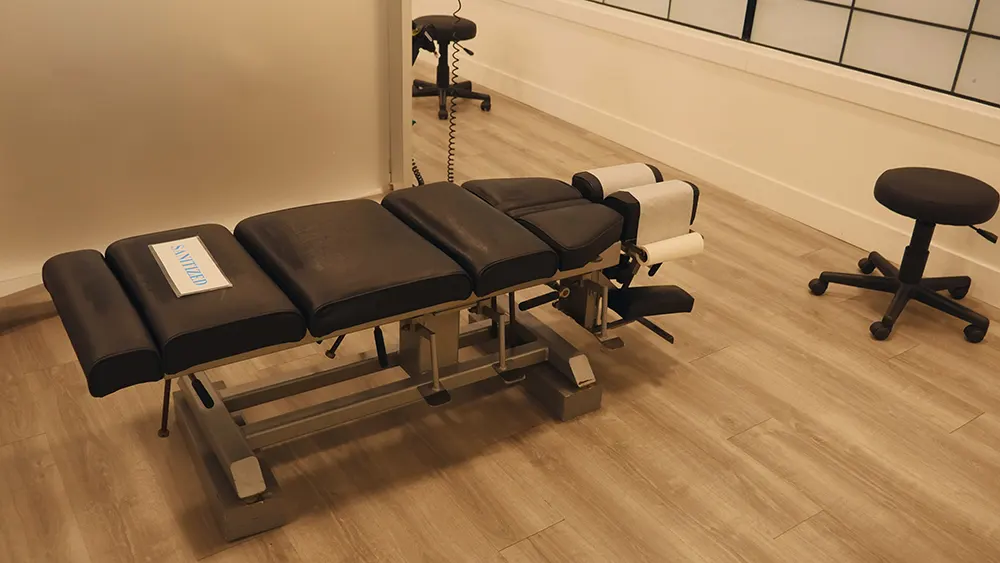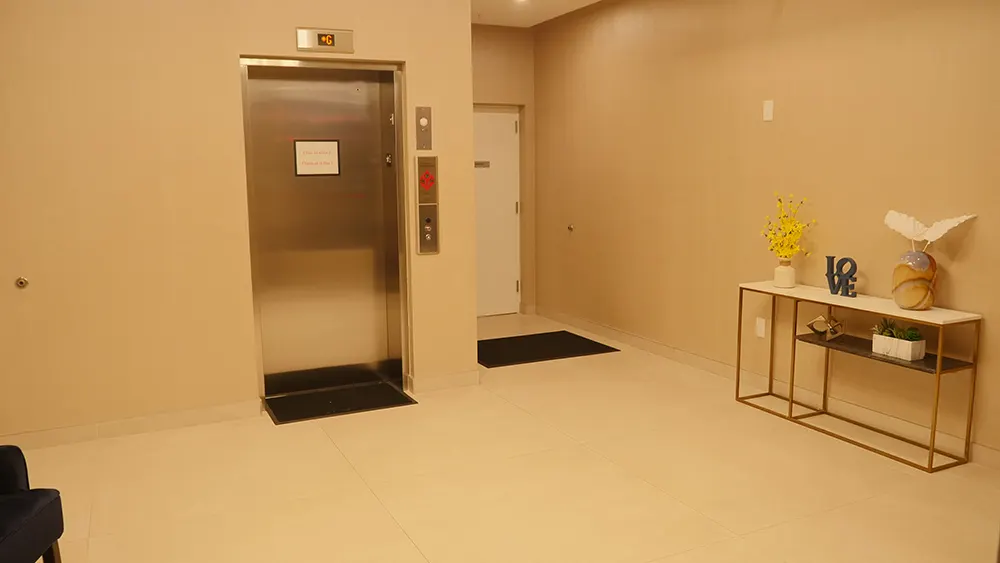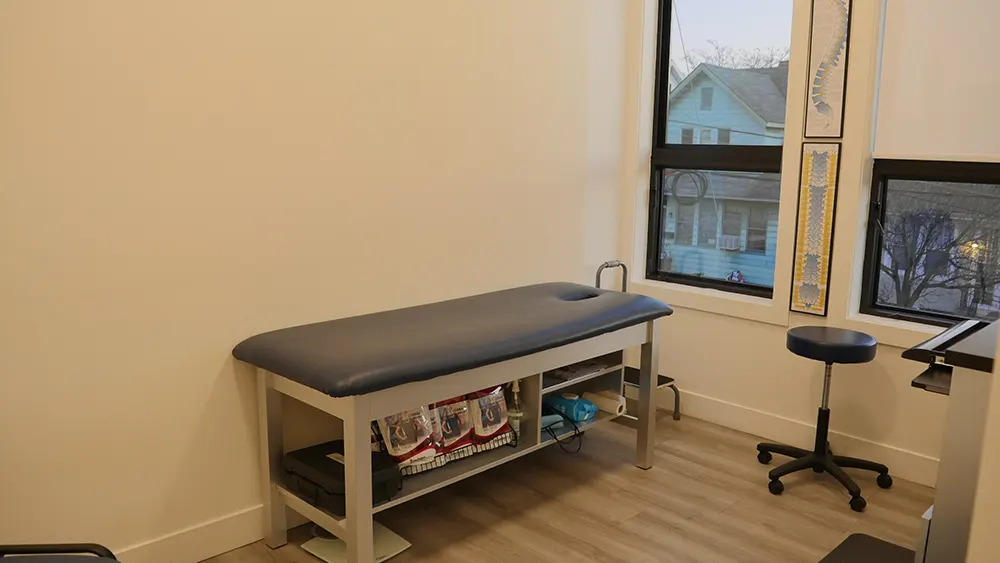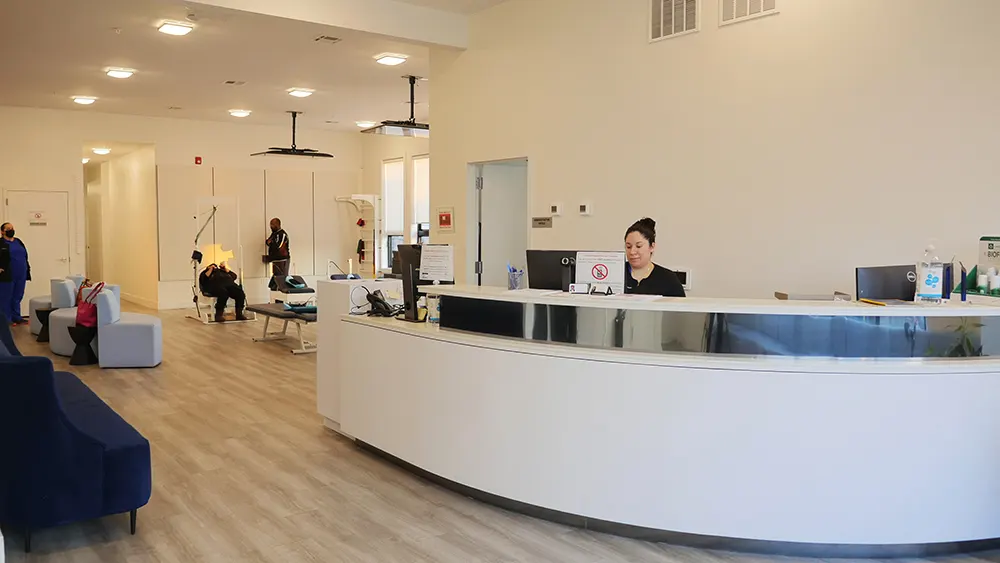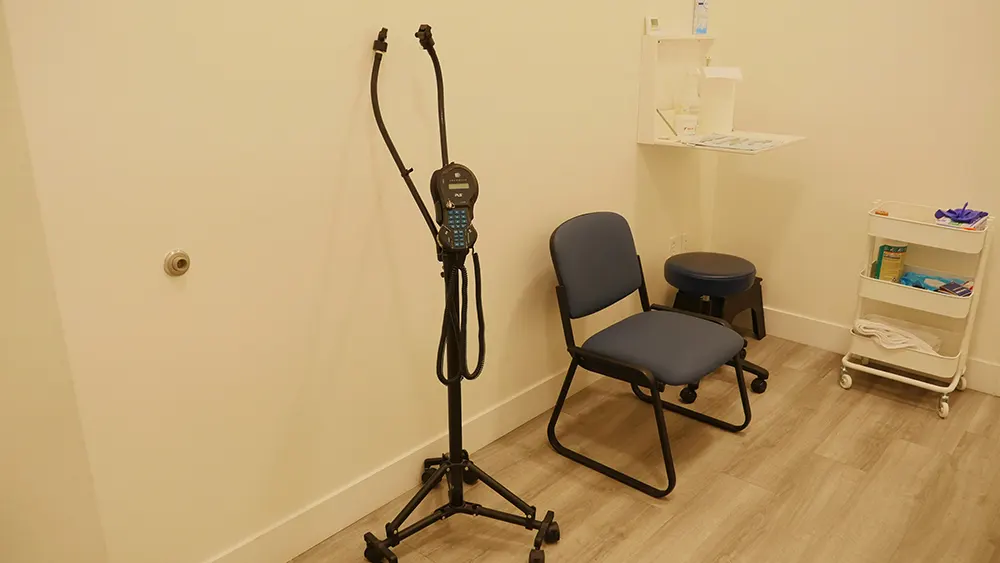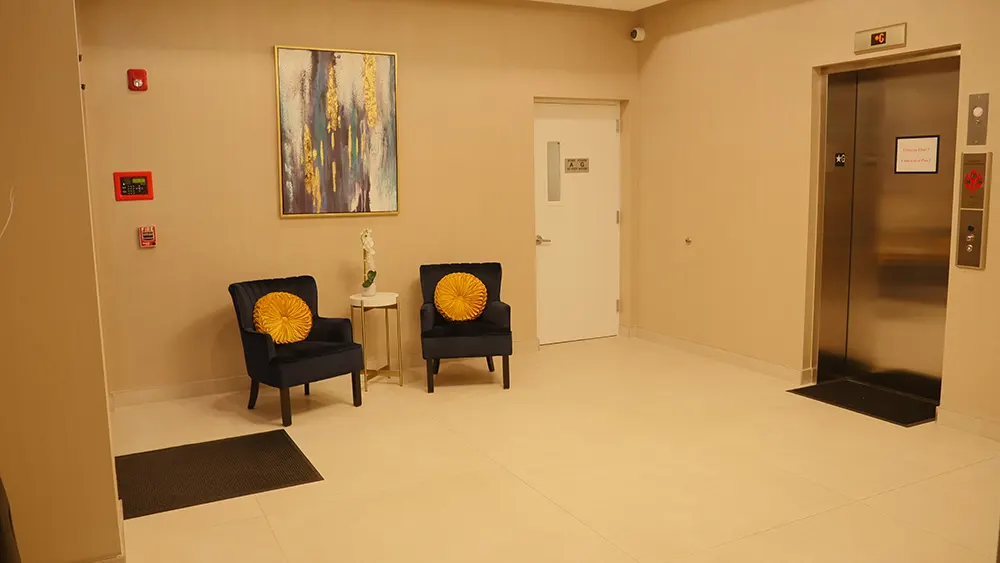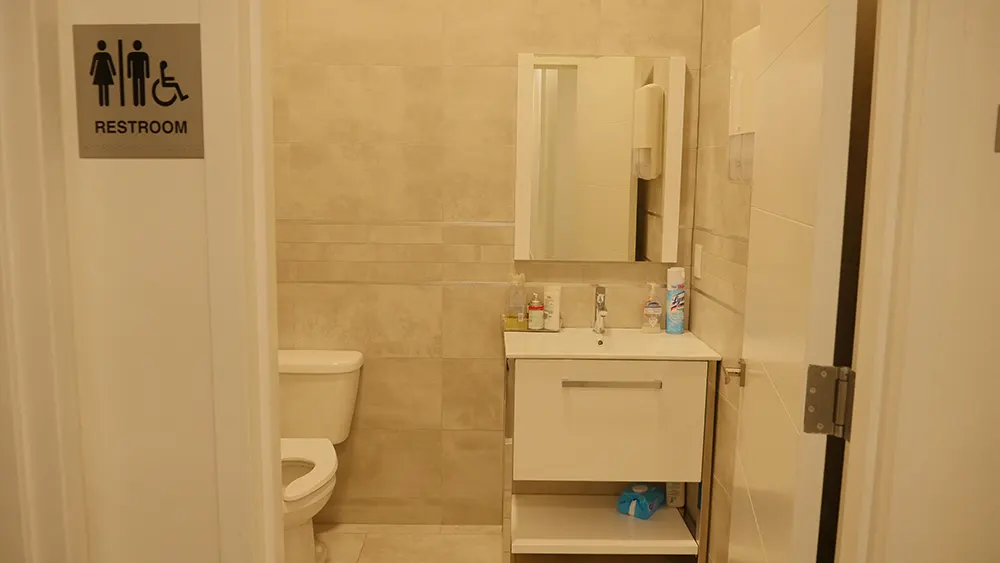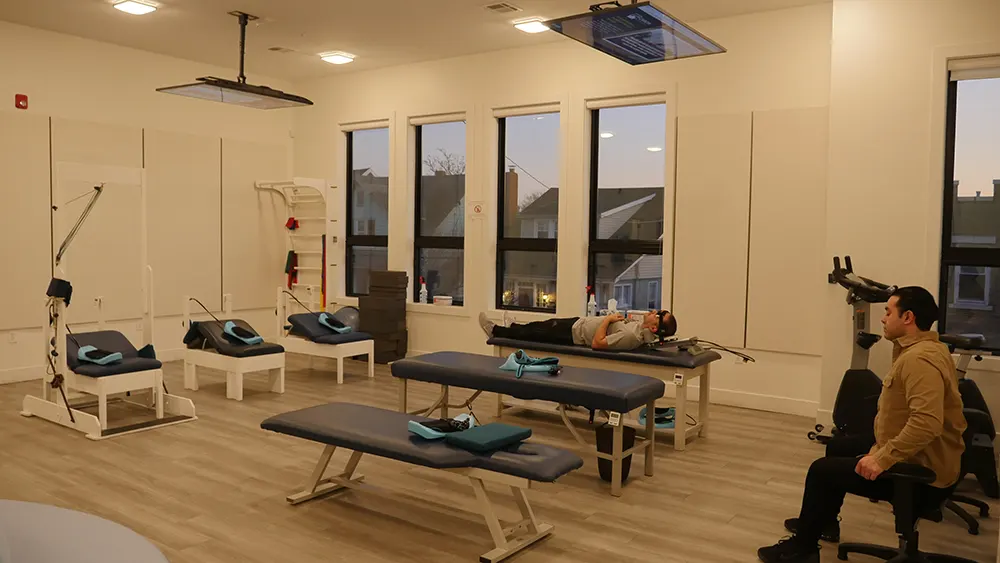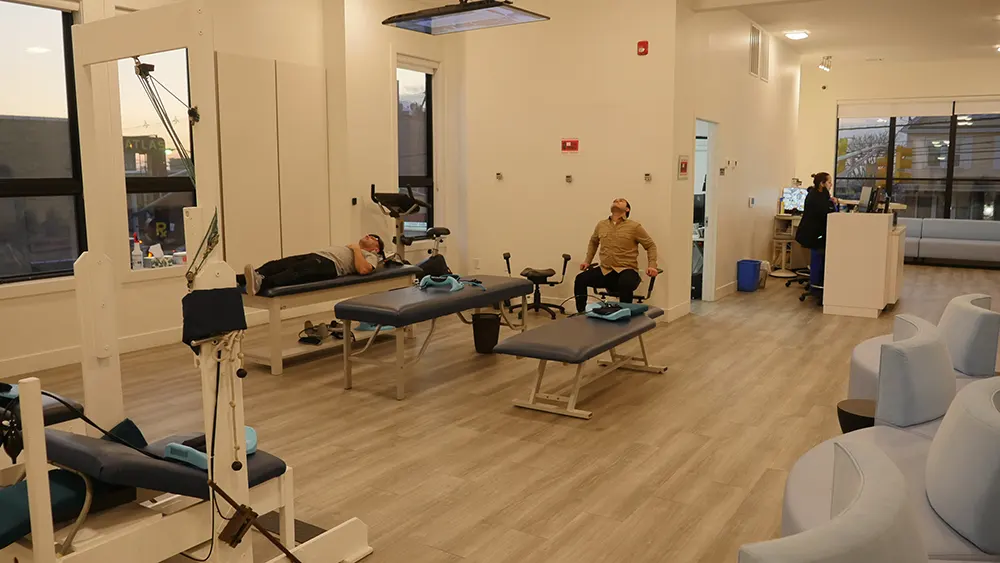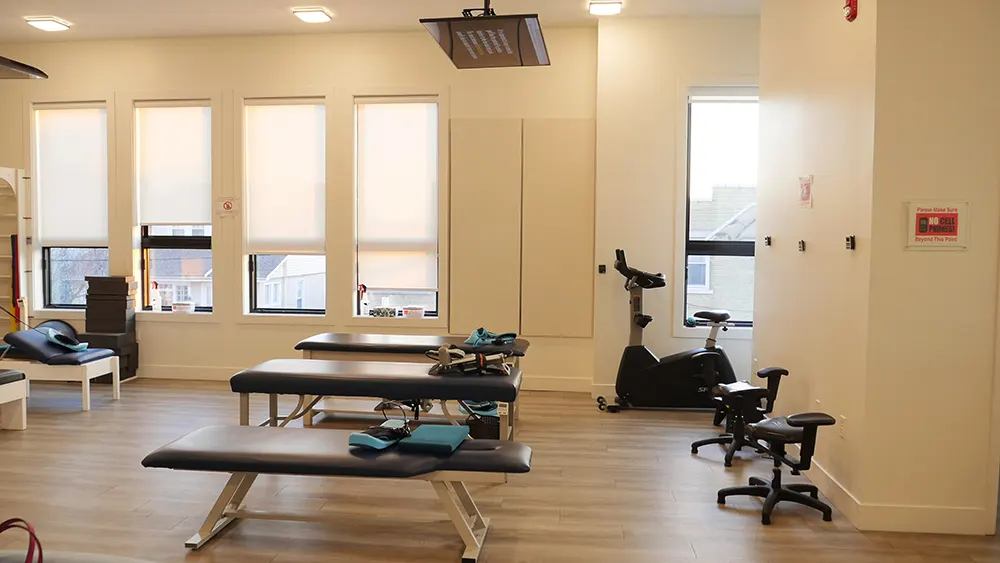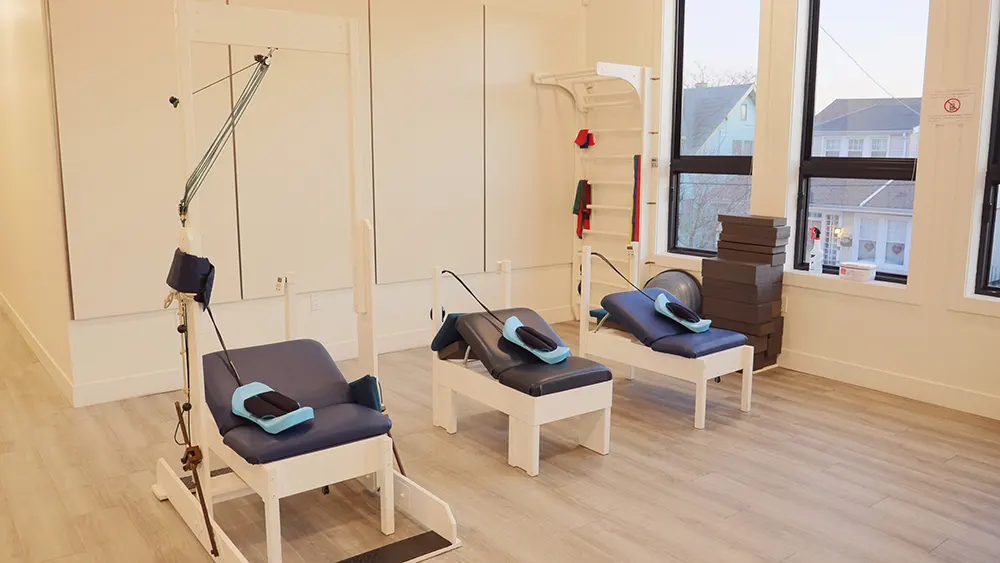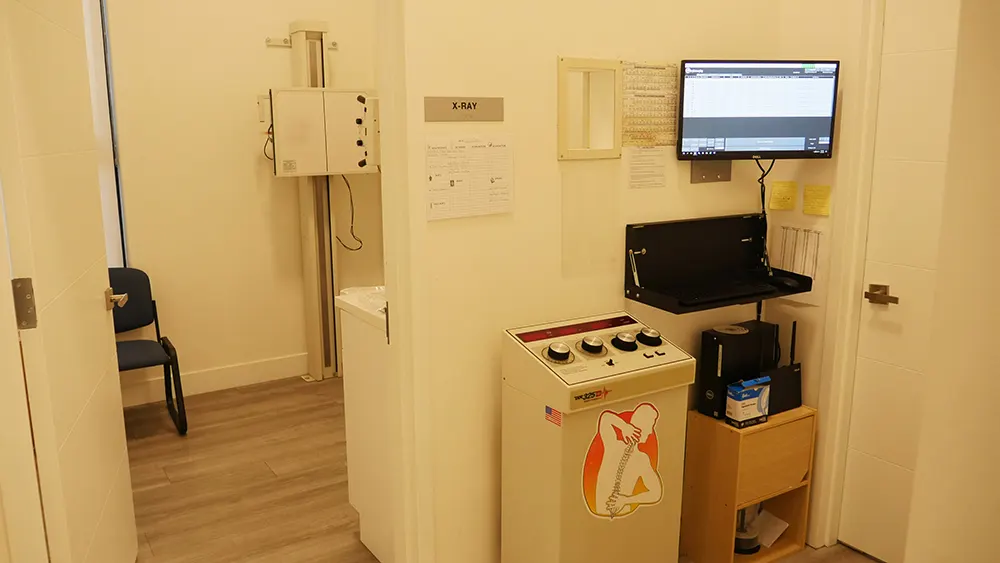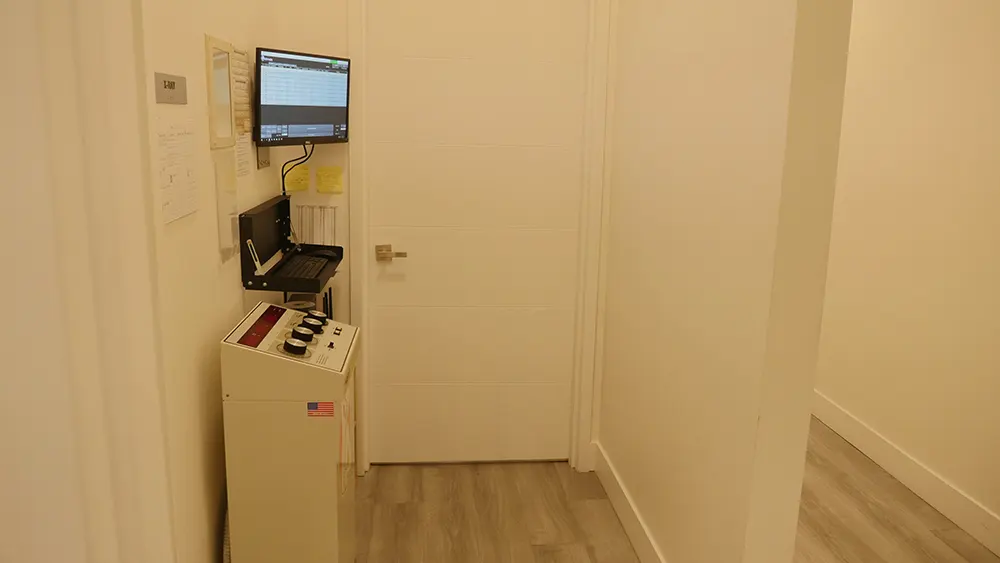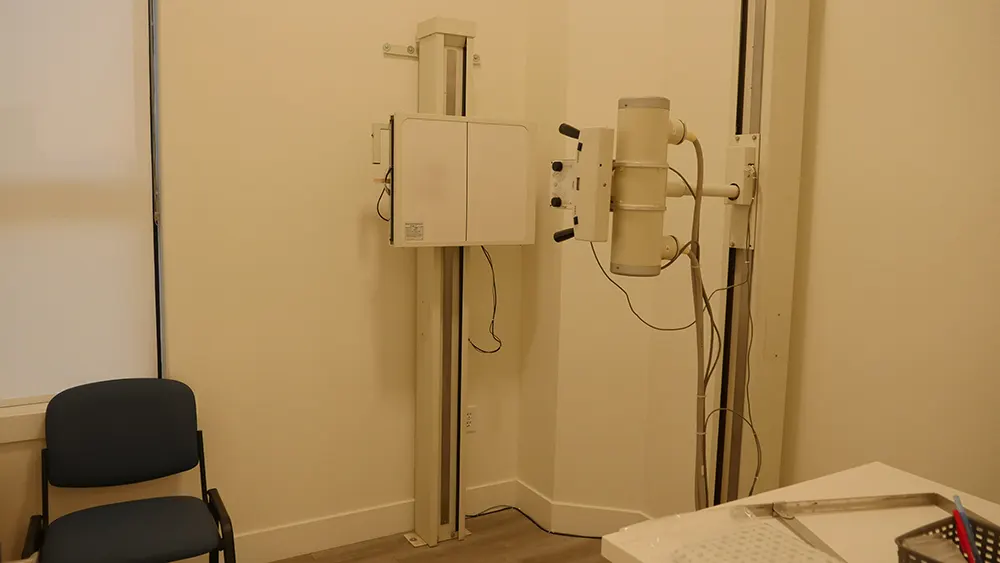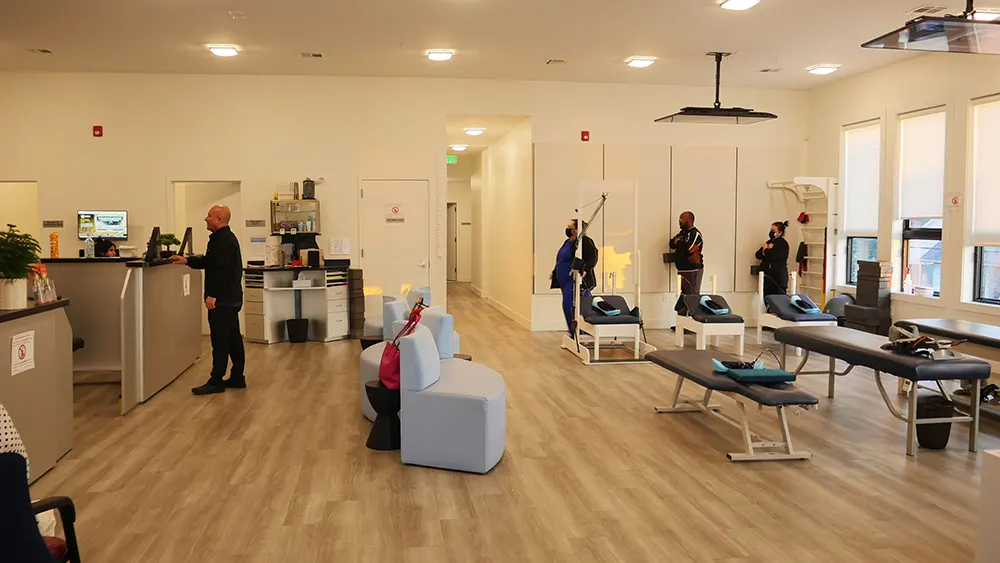Hello everyone, once again from your friends at North Bergen’s Life Chiropractic & Acupuncture. We love to educate and provide comprehensive chiropractic care and we do this in part by managing this chiropractic and acupuncture care blog. Today we continue that public education commitment via a video that Dr. Alex filmed to help all of you understand exactly what an MRI evaluation while also giving you a very in depth explanation of exactly what a herniated disk is via this short (but comprehensive) six minute video from Dr. Alex.
For those of you who prefer to read vice watch videos, we’ve translated the video for you below.
Good afternoon, my name is Dr. Alex Hernandez, Chiropractor located on 85th and Kennedy Boulevard here in North Bergan. Today I want to talk about MRI, particularly, today we’re going to talk about the low back MRI, also known as the lumbar MRI.
We have an image here of an MRI of the low back, and we’re going to talk about myself, we’re going to talk about my lumbar MRI, and I’ll share with you what happened to me. But what we want to do is begin the process of letting you understand simply what is an MRI, what is it used for, and how is it useful so you can treat your condition; whether it’s low back pain, whether you have sciatica, or you’ve had an injury like myself, if you’ve fallen down the stairs, if you’ve fallen on ice, or if you’ve had a car accident.
So, let’s take it from the top. What an MRI tries to do is determine what’s happening with the disc, also with the nerve, and your spinal cord. So, here’s the famous disc, we have the bone, and we have another disc here. This is basically like the cushion between each of the bones, this is what helps us to distribute the weight from top to bottom and allow us to bend side to side. When we look at the disc this way, you see the cushion again, and then if I turn it this way, we’re going to be able to see the spinal cord, nerve roots, and then once again the disc.
Let’s zoom in here and let’s talk about these discs. This is a normal disc here, this is a normal disc here, another normal one there, and then we have this guy that we could see, it’s squeezing right up, and then we have another one here that is also squeezing right out. Now, disc herniation, disc herniation, normal, normal, normal, normal. Now, how did I get this disc herniation? This is an old one, and this is my new one. Okay, so let’s tell them the story, Alex.
So, what happened to me last year in the summertime. This is going back to July 26 of 2021. So, I was downstairs and during the construction of this building, there was water and a little bit of cement, and what happened is I tried walking over a puddle of water, but unfortunately, I was wearing my dress shoes (so needed to be wearing boots). So, I was wearing dress shoes, so I decided to step over the puddle, but because I had the dress shoes, a little bit of water hit my heel, and basically I went all the way up like Charlie Brown, way, way up high and then boom, I came landing down. I landed right on the left side of my low back butt cheek, and that immediately sent a shooting pain down my leg. At that moment, because I knew my anatomy, I knew that I injured my disc, and it was affecting my sciatic nerve.
I was feeling that pain, and then of course it got worse at night, and the next day it was a big problem. Next day, I couldn’t get up well, so I decided to get an MRI. Now, that’s typically how you herniate these discs. There must be some level of trauma, typically. Again, this is not 100% but typically, there is some sort of trauma. The discs are very, very strong structures. That’s why you see powerlifters, they can squat lots of weight, and that’s because the disc is very strong. However, when you have an injury, it’s not a controlled movement, boom you’re going to herniate the disc.
Let’s come in here and zoom again one more time, Alex. So, what we look for is we look for these herniations, and this is a very easy view to understand. The view that’s a little bit harder to understand is what we’re going to call the bird’s eye view. We’re going to look at this guy here and we’re going to look at the bird’s eye view. Alright Alex, so we’re going to come across to this side, alright, and we’re going to look at this structure over here. So, this being the disc, this being this bone right over here, this is the spinal canal, and this is the space where each of the nerve’s travels through, this guy, and this guy.
We’re looking at a normal disc here, but I’m going to take this line and I’m going to bring it to the bad guy, I’m going to bring it to the bad disk. And now we’re going to take a look at the disc and we can see my lovely herniation going out into the center, and we can see it also going out to the left hand side. So, this completely explains why I was feeling that left-sided pain, not only because I landed on my left side, but I herniated a disc and it started to squeeze on the nerve root on that left side.
If you’re experiencing pain, if your doctor has sent you out for an MRI and you don’t understand what’s going on, feel free to contact our office, I’ll be more than happy to do an MRI review for you. We’ll do exactly what we did here. We’ll open the MRI. I have most of the software, I have software where I can open up most MRIs so we’ll be able to explain it to you. But the lesson you want to walk away with today is, understanding the very basics of why you need to get an MRI, and then have a basic idea as to what the MRI disc herniation, what is it telling you, is your disc bulge, is your disc herniated. And then of course, you and your doctor need to create a plan to fix this issue.
Thank you and see you next time. Again, if you suffer any form of upper or lower back pain, contact North Bergen’s Life Chiropractic & Acupuncture and put yourself on track to renewed pain-free living!





